The clothes dryer sitting in your laundry room might be one of the most dangerous appliances in your home, and most people have no idea. Fire departments across the U.S. respond to approximately 13,820 to 15,970 dryer-related house fires annually, causing millions in property damage and tragically, several deaths. That is roughly 15,000 homes catching fire every year because of something most of us use weekly without a second thought. Hard to believe until you picture a laundry room full of smoke.
Here is what is truly alarming: these are not ancient, poorly made appliances failing catastrophically. They are modern dryers in regular homes, run by people who think they are following the rules. The biggest culprit exposes a massive gap between what homeowners think they are doing right and what actually prevents fires. Failure to clean (lint buildup) was the leading factor, accounting for about one-third of dryer fires (≈32–34%) of all dryer fires, but this cleaning involves far more than most people realize.
The scary part is that these fires are almost entirely preventable. Your dryer is not defective, it is built with multiple safety systems that work when you keep them clear and supported. Inadequate maintenance does not just reduce efficiency, it quietly disables those protections and turns a helpful appliance into a ticking fire hazard.
Why lint buildup defeats your dryer’s safety systems
Most people think cleaning the lint trap after every load makes them diligent. That is barely scratching the surface. Even when you clean your lint trap religiously after every load, lint still escapes into the dryer duct system. This escaped lint creates the real fire hazard, the one most homeowners never address.
Think of lint as nature’s perfect kindling. Dry, fluffy, eager to catch, and it gathers in exactly the wrong spots. The danger is not only that lint burns, it is that lint accumulation restricts airflow, causes overheating, and can ignite when temperatures get too high, which triggers a cascade of safety failures.
Here is the technical detail that explains everything: Many dryers house the lint filter in the drum, but you also need to clean the housing that holds the filter monthly. That housing becomes ground zero for dangerous buildup because it is the first place escaped lint settles, and it is the part most people ignore.
The cascade starts when restricted airflow sabotages your dryer’s temperature monitoring. When airflow is restricted, the operational thermostat cannot properly measure air temperature. The thermostat thinks everything is fine because it cannot sense the stagnant, superheated air building up around lint deposits. Instead of regulating temperature, your safety system goes blind to the very conditions that cause ignition.
The vent system creates the perfect fire storm
Your dryer’s vent system turns minor lint problems into catastrophic hazards through hidden accumulation and concentrated heat. Professional cleaning services report finding Cleaning firms and some investigators sometimes report very large lint accumulations in clogged vents; this can substantially restrict airflow in severely clogged vents, that is not hyperbole, it is what fire investigators actually discover in homes that nearly burned down.
The type of ductwork can raise or lower that risk dramatically, and most homeowners inherit whatever was cheapest during construction. Flexible plastic ducts have a 7.5 times higher fire risk compared to metal ducts, yet they are still commonly installed because builders prioritize cost over safety. The difference is not just statistical, it is the difference between a vent that sheds lint and one that traps it like a fuel reservoir.
Industry guidelines from UL specifically recommend rigid or semi-rigid metal ducts with smooth interior surfaces, avoiding flexible plastic or foil hoses that create lint collection points. Then installation makes or breaks the setup. Poor routing, crushing, or obstructions can turn even proper materials into hazards.
Consider this real-world case that shows how quickly good equipment goes bad: One homeowner stored a rolled-up rug behind their dryer, which crushed the flexible duct and created a complete blockage. The dryer was less than a year old, yet it started a house fire because the blocked vent created the exact airflow restriction that defeats thermostat safety systems. Not a product defect, a predictable outcome.
Warning signs reveal safety system breakdown
Your dryer broadcasts warnings when its protections start failing. Clothes taking longer to dry than usual is the most common early warning sign. Translation, restricted airflow is stopping moisture removal, the same restriction that is disabling temperature regulation.
Watch the progression. Clothes feeling hotter than normal at the end of a cycle, burning smells, or excessive heat around the dryer signal that temperature control is already compromised. Instead of holding safe temps, your dryer is creating the high-heat conditions where lint ignition becomes likely.
Here is a quick field test for vent problems you can do right now: The outside vent should have strong airflow when the dryer is running. Walk outside during a cycle and feel the exhaust. Strong, steady airflow means the system is moving air as designed. Weak or wispy airflow means lint buildup is restricting the system, exactly the condition that leads to that five-gallon bucket outcome.
Do not brush these signs off as normal aging. Fire investigators report that most dryer fires occur in machines that showed performance problems beforehand. If your dryer takes longer or runs hotter, it is not just inefficient, it is already failing at the job of preventing ignition.
Maintenance that actually prevents the cascade failure
Target the failure points, not just the fluff. Clean the lint filter before and after every single load. Skipping even once lets lint start accumulating in the filter housing, which kicks off the restriction cascade.
Then hit the hidden spots on a schedule. Monthly, clean the lint filter housing and wipe the entire inside of the dryer drum with a damp cloth. Every six months, clean the moisture sensor strips to keep automatic cycles accurate, compromised sensors cannot tell when clothes are dry, which can extend high-heat cycles and raise ignition risk.
Some work needs pros. Professional cleaning should happen at least annually, homeowner tools cannot reach the deep vent runs where that five-gallon problem develops. A trained technician will inspect your full dryer vent system, use commercial-grade tools to remove all lint and blockages, and test for proper airflow.
This is not just thorough cleaning, it is system verification that makes sure your safety features can do their job. Removing buildup restores airflow, restored airflow lets the thermostat read correctly, and accurate readings keep temperatures in the safe zone.
Materials that create additional fire vectors
Some items add fuel to the fire, literally. Never dry anything that has been in contact with flammable substances like gasoline, cooking oils, cleaning solvents, or dry-cleaning fluids. Even after washing, these substances can ignite during the drying cycle, washing removes visible contamination but can leave residue that ignites in the high heat created by vent restrictions.
Items made with rubber, foam, or certain plastics should never go in the dryer because they can melt, clogging airflow, or they ignite at lower temperatures than typical fabrics. Even safe-seeming materials become risky when contaminated, cotton towels used to clean up cooking oils can spontaneously combust when heated in the dryer.
A real example drives it home. One homeowner used towels to clean up spilled gasoline, rinsed them, and put them in the dryer when it started raining outside. The towels ignited in the drum and nearly destroyed the house. Rinsing felt safe, residue proved them wrong.
Take action before you become a statistic
Handle dryer fire prevention before the symptoms show up. Once they do, the failure sequence is already underway. Dryer fires have increased by 431% since 2008, a fast-growing threat hitting families who assumed modern appliances were safe.
Start now. Clean the lint filter every time, schedule professional vent cleaning to clear system-wide buildup, and never leave your dryer running when you are not home or asleep. Install smoke detectors near your laundry area. Early detection can shout the warning your compromised dryer no longer can.
Understand the cascade, then break it. Lint accumulation leads to airflow restriction, restriction blinds safety systems, blinded systems allow ignition. The numbers do not lie, thousands of families face dryer fires every year, and most are preventable when you address the specific failures that cause them. A few minutes of proper maintenance now could save your home, and the people in it, later.





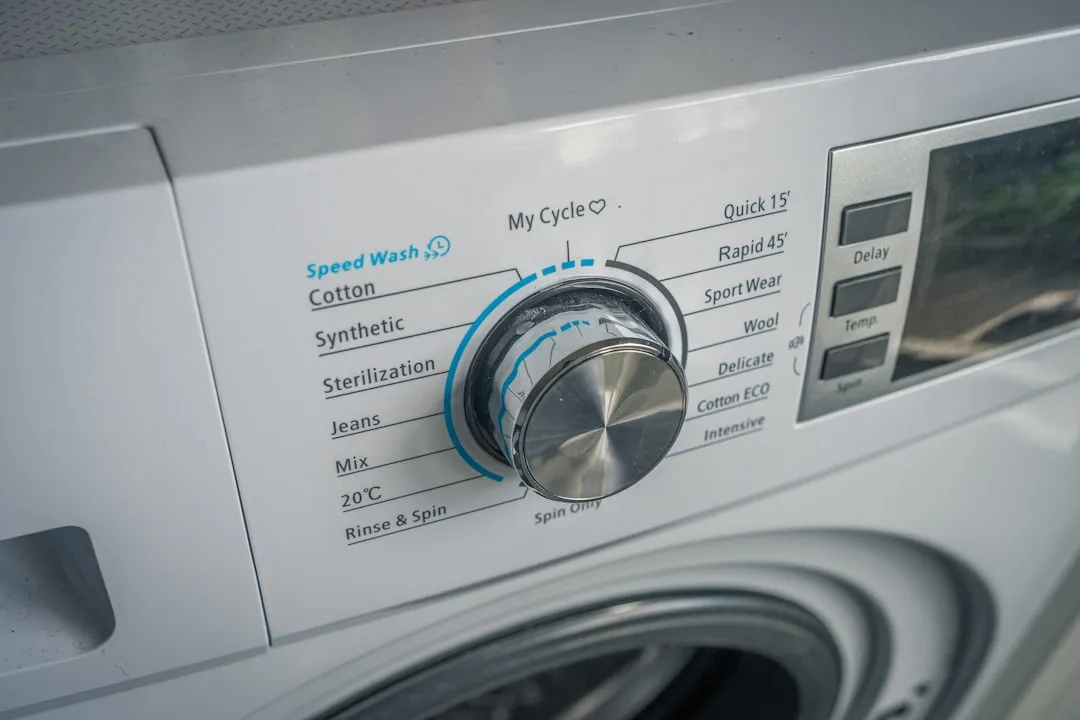

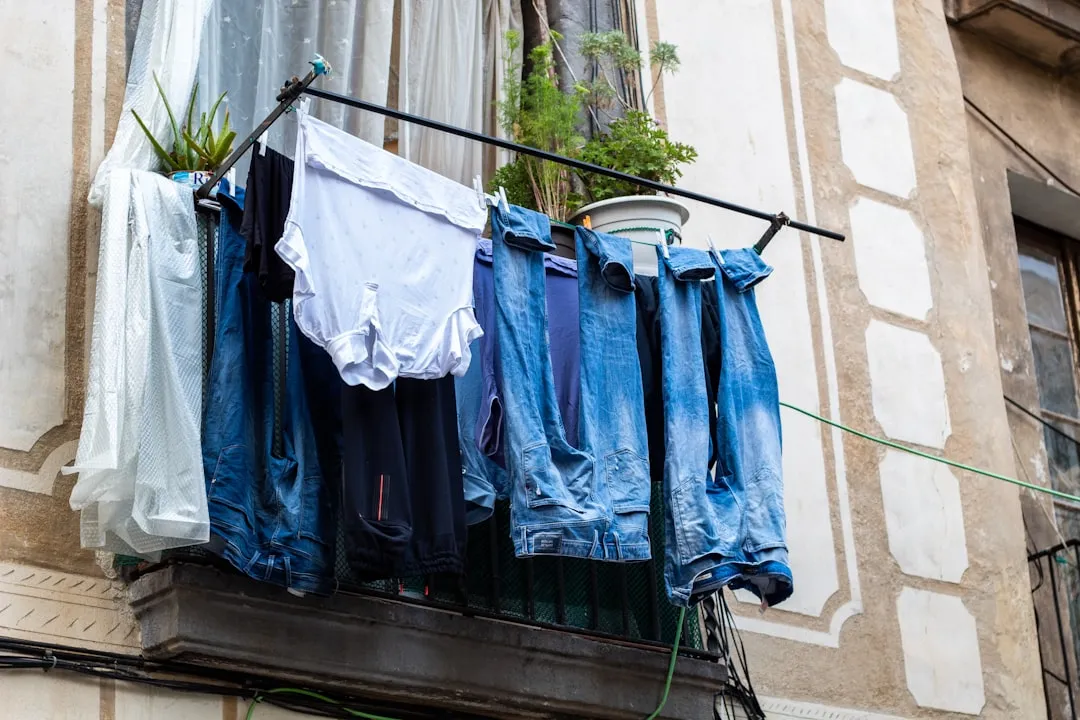

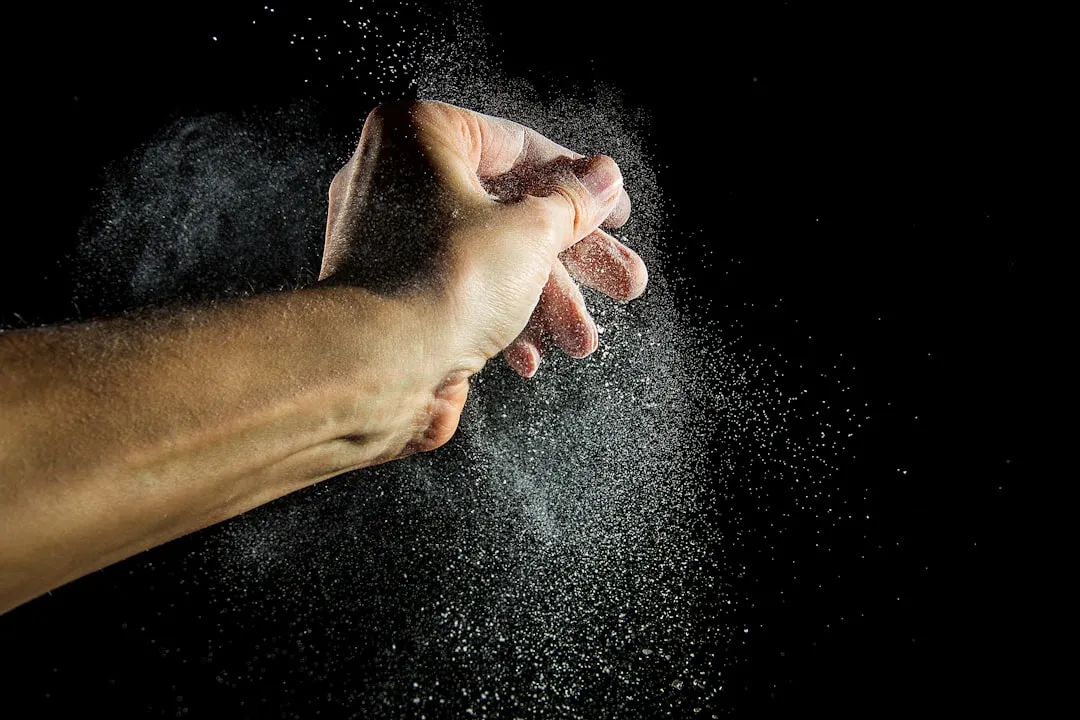
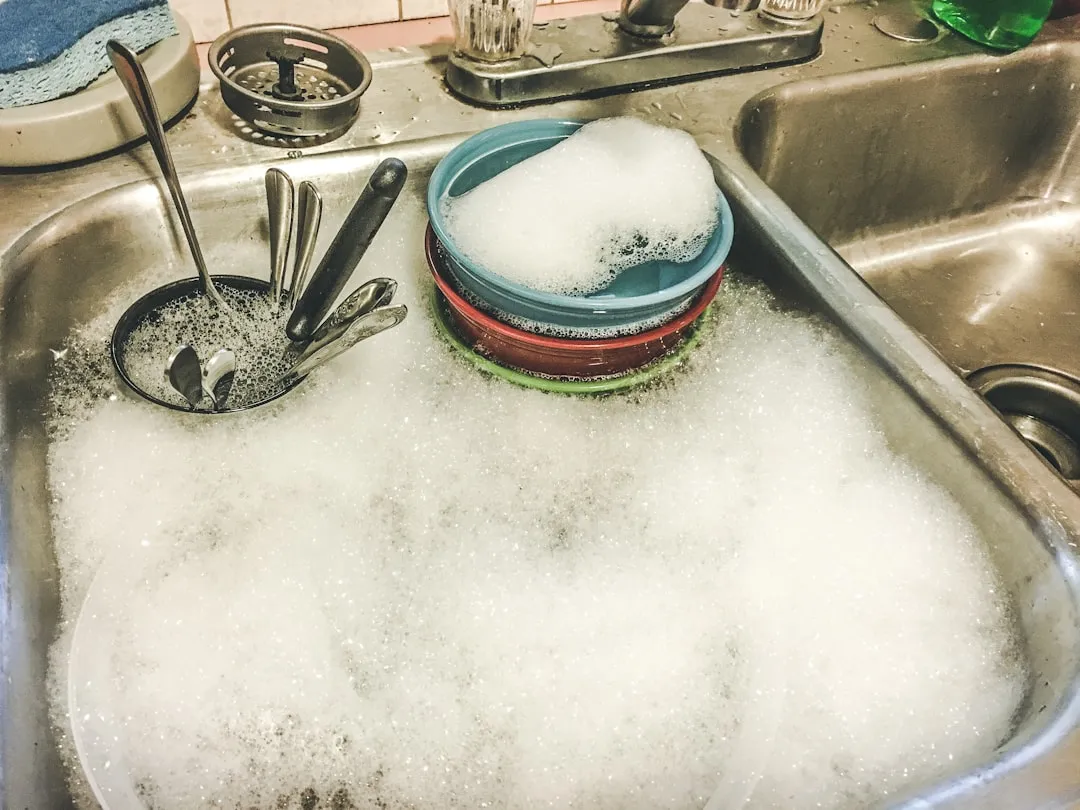



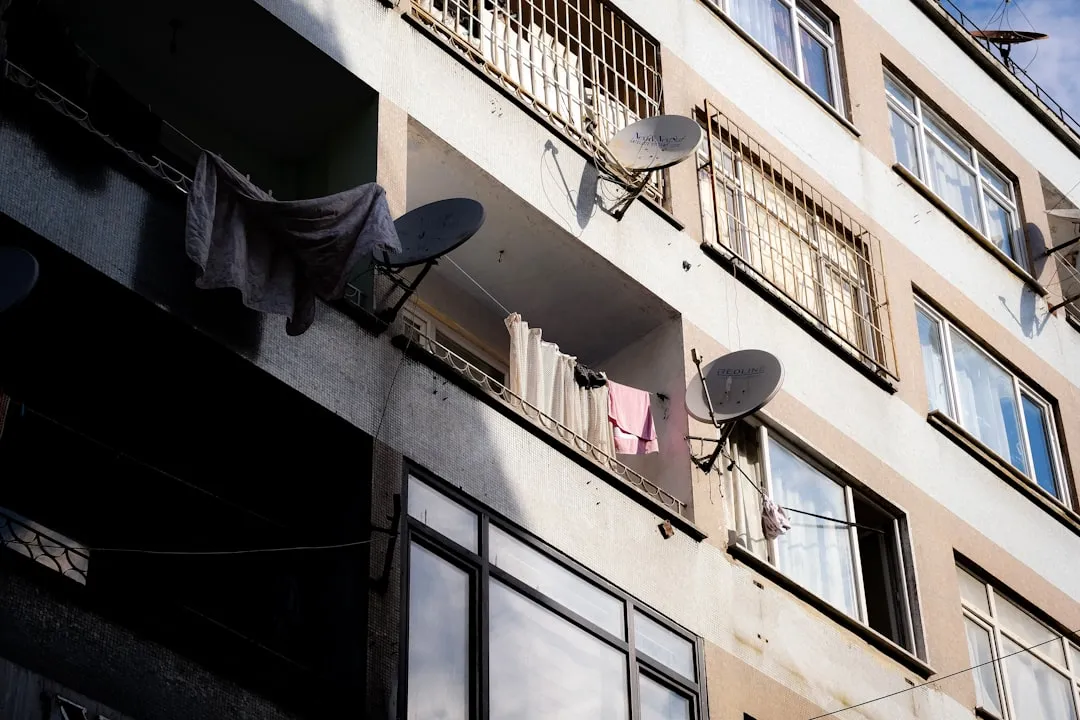

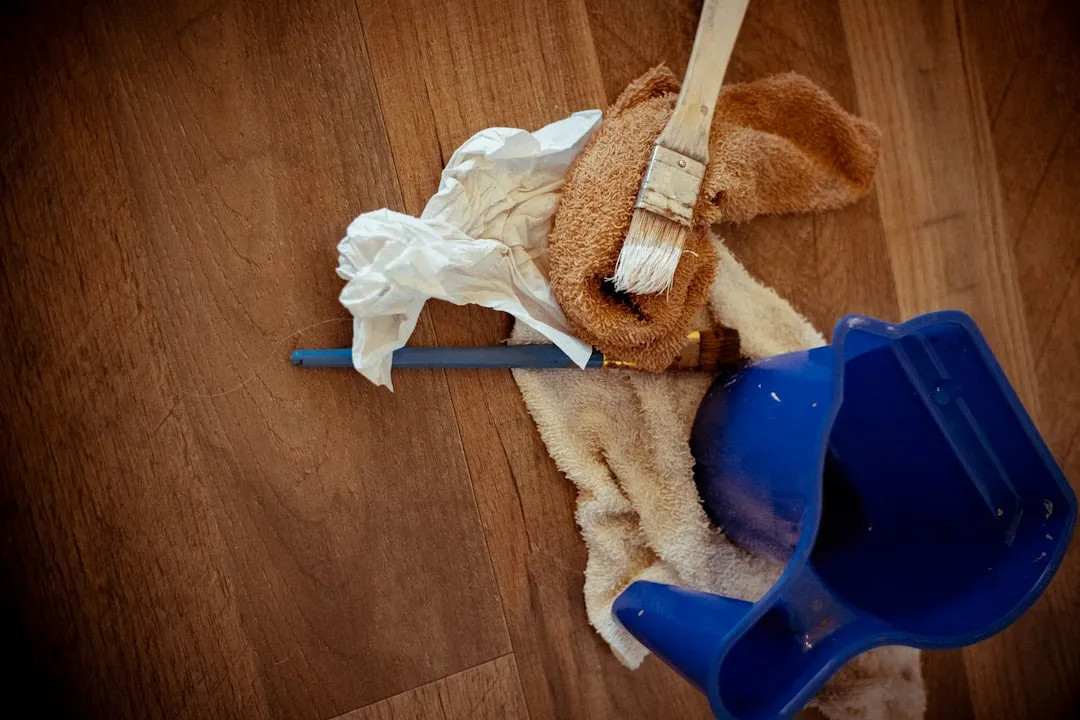

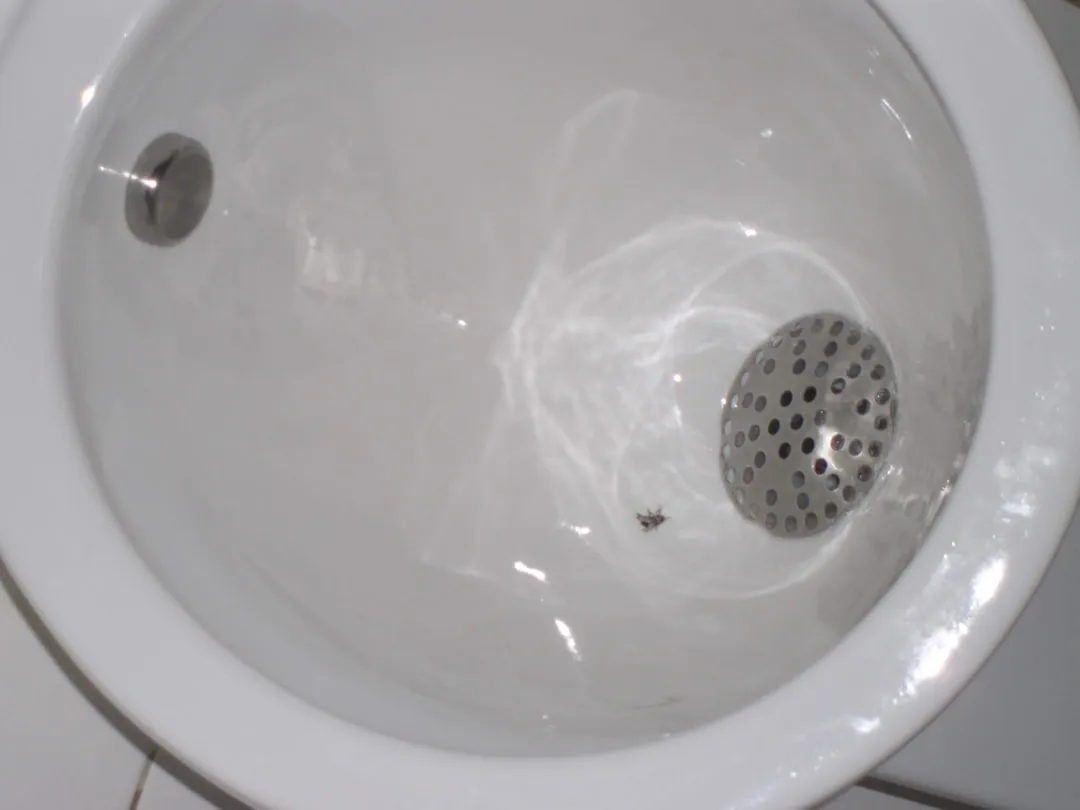


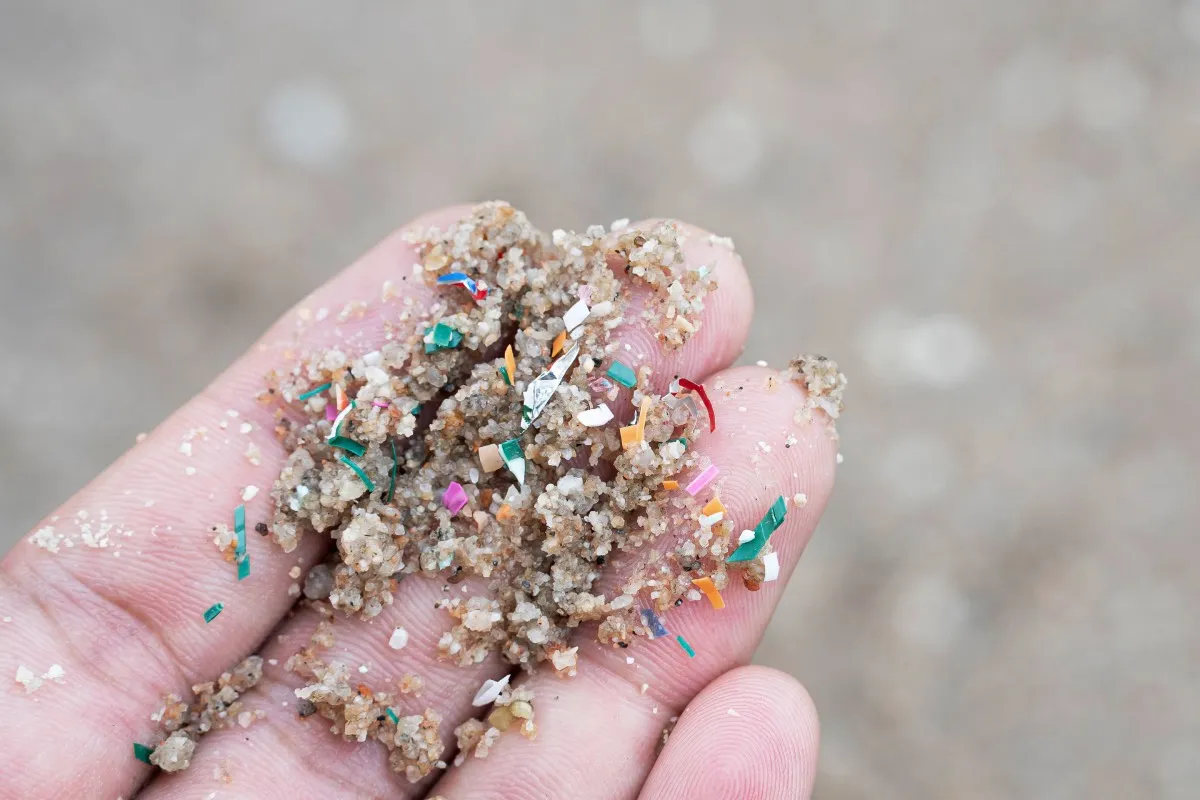


Comments
Be the first, drop a comment!